Two Hundred Thousand Tonnes of snow.
27th March 2019
It was mild and damp in Lochaber today. The snowpack is thawing at all levels. I borrowed a snow density measurement device from a colleague and measured the density of the tops three layer of the snowpack when I did my snowpit. The results were 450kg/m3, 330 kg/m3 and 470kg/m3 respectively.
How much snow is there on the hills? This was something I was pondering on the way down, and decided to do a rough calculation. Instead of snow on the hills in general, I decided to consider a location that  I know quite well, and is also good at collecting snow. This is Coire an Lochan on Aonach Mor. I estimated the area of the coire by counting up the 100 by 100 metres ming grid square on the map (see 3rd picture down). This gave 42 squares which gives a total area of around 420000 square metres. To make the numbers easier I rounded this down to 400000 square metres.
The snow density I measured today was near the surface of the snow pack. I made the assumption that the average snow density is bit higher than this as the snow deeper in the snowpack will be older, and have had more time to settled and get denser. I assumed an average snow density of around 500 kg/m3. Now the final assumption I had to make is the average depth of the snow in the coire. This is the assumption that I would say has the greatest uncertainty associated with it. The actual depth will be very variable, from zero to in some places 4 or more meters in other places. I assumed an average depth of 1 metre.
Multiplying 400000 by 500 by 1 and then dividing by 1000 (to change the units from kg to metric tonnes) gives a total snow mass of the order of 200000 tonnes of snow. Although the value of two hundred thousand tonnes of snow might be a bit high (I am slightly dubious of my assumption of an average snow depth of 1m), there is certainly a fair mass of snow up there.
Given that this winter has been a very low snow year, think how much snow there must be in the Coire at the end of a snowy winter. The short answer would be, a lot!

The view into Coire an Lochan on Saturday the 23rd of March. I estimated the average snow depth the Coire to be around 1 metre at the moment (it’s won’t have changed much since this photo was taken). I felt this to be the most dubious of my various assumptions.
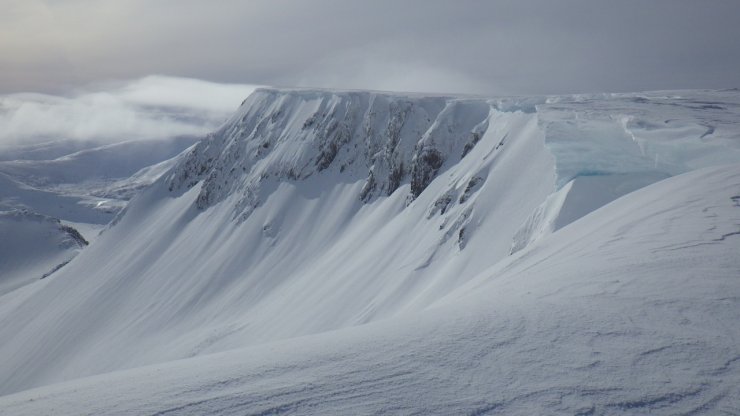
Coire on Lochan at the end of a much snowier winter. This picture was taken in late March/Early April 2015 (compare to the picture above). There must have been a fair mass of snow in Coire an Lochan when this shot was taken!
Comments on this post
Got something to say? Leave a comment
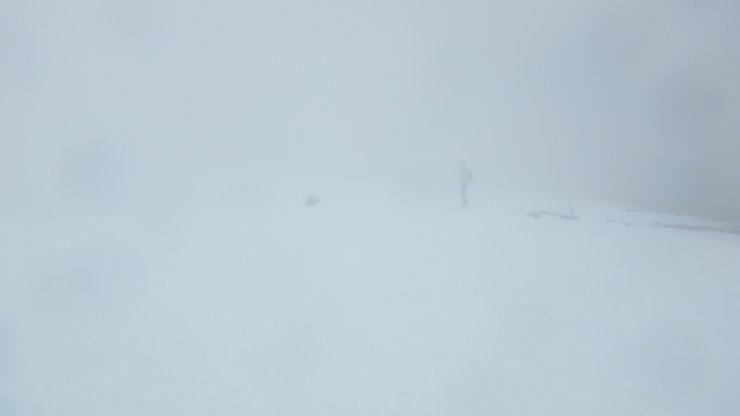
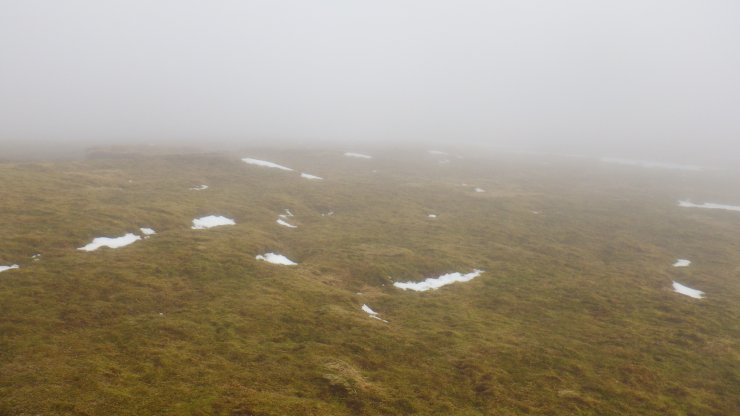
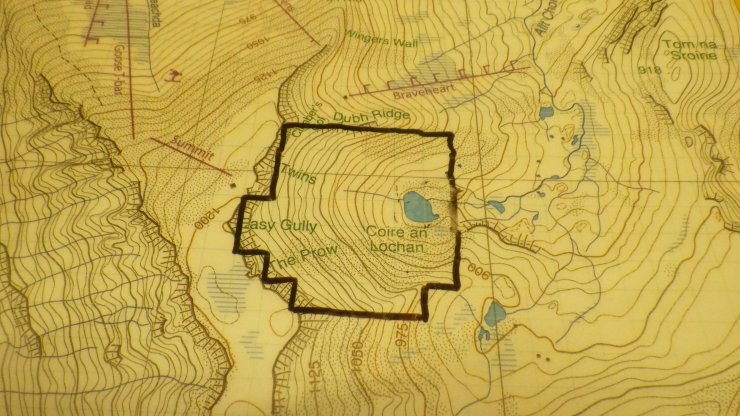


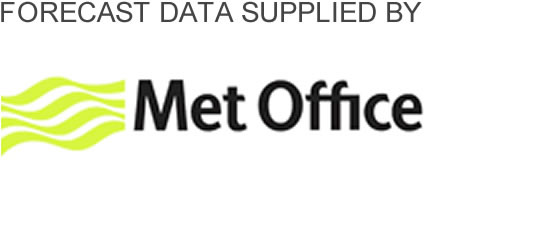

That Guy from The Internet
27th March 2019 4:09 pm
Great posting. Interesting stats, Blair.
I’ve often wondered about ablation rates for snow in different atmospheric conditions (the interplay of air relative humidity, air temp, solar radiation + the influence of wind speed on ablation). Need a scientist with a proper understanding of these issues. (Oh! What about you, Blair?)
Jim Sutherland
27th March 2019 5:59 pm
Blair,
thanks for speaking to us on Saturday morning, it turned out to be a great day finishing off with a tour of LMRT base! Your post today will go well with the two data sets I collected from transceiver search times to provide figures for standard deviation for my pupils!
Gareth james
2nd April 2019 10:49 pm
Looking to head up to aonach mor this coming weekend and wondered if gullys are holding for some winter routes and if grouns temps mean turfs still firm?
lochaberadmin
3rd April 2019 9:30 am
As of today, 3rd April there is snow in the East facing gullies, turf is mainly frozen and fresh snow covering rock. Warmer conditions forecast for the weekend so conditions will change.